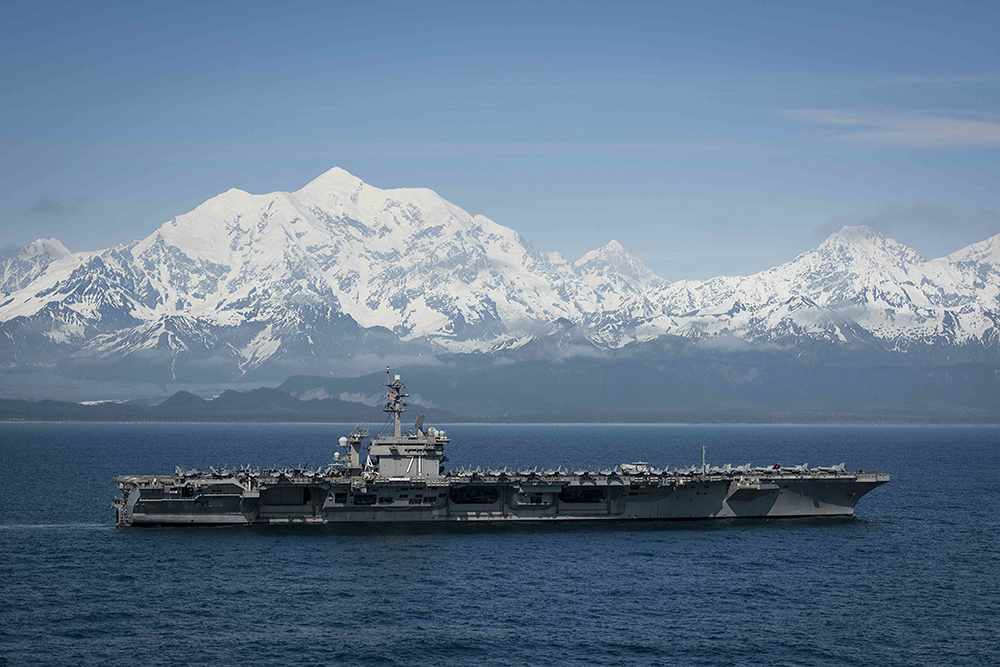
U.S. Navy officials have decided to proceed with training in May in the Gulf of Alaska as part of a joint training exercise involving other U.S. military forces, but have not yet confirmed actual dates of operation. Historically, the exercises have occurred every two years since the 1990s.
The Gulf of Alaska study area has been revised for 2023 to include the Western Maneuver Area (WMA) as well as the Temporary Maritime Activities Area (TMAA), to enable Navy personnel and units to practice more realistic, complex training scenarios in a safer, more efficient manner that would better prepare them to respond to real-world incidents.
The record of decision noted that the Navy recognized that the size and shape of the previous TMAA of 42,146 square nautical miles no longer provided sufficient space for realistic maneuvering of vessels and aircraft during training exercises, so the area was expanded to 185,806 square nautical miles for 2023.
The Navy said planning considerations include orienting the at-sea training in the Gulf specifically to avoid overlap with salmon fisheries management areas, migration corridors and areas of greatest species occurrence.
Military officials said they would have representatives at the 2023 Alaska Marine Science Symposium in Anchorage at the end of January and also at the 2023 ComFish Alaska fisheries symposium and trade show in Kodiak in March.
Dates for meetings with coastal fishing communities in the area of the military exercises have not yet been announced.
The training activities involve use of active sonar in the Gulf of Alaska Temporary Maritime Activities Area and Western Maneuver Area, collectively known as the Gulf of Alaska Study Area. The Navy advises that training activities will use active sonar in the temporary maritime activities area and weapon systems at sea that may use non-explosive or explosive munitions.
In past years a number of coastal community residents engaged in fisheries have asked that these exercises in the Gulf not be conducted right before the state of the commercial salmon fisheries, because of concerned of potential adverse impact on migrating fish.
“It is disappointing to see the Navy continue to hold these hazardous drills in the Gulf of Alaska,” said Zeke Brown, executive director of Cordova District Fishermen United. “As an organization whose objective it is to perpetuate healthy fisheries in the region, CDFU will continue to advocate alongside the numerous community voices opposing these activities.”
“The Navy is keenly aware that climate change and other issues present significant concerns to the marine environment and species in the Gulf of Alaska,” said Julianne Stanford, environmental public affairs specialist with the Navy Region Northwest desk.
“Though the Navy as a whole is constantly striving to reduce its environmental footprint through technology, policy and procedural improvements, the Navy’s incremental contribution to these effects in the GOA is extremely small,” she added.
